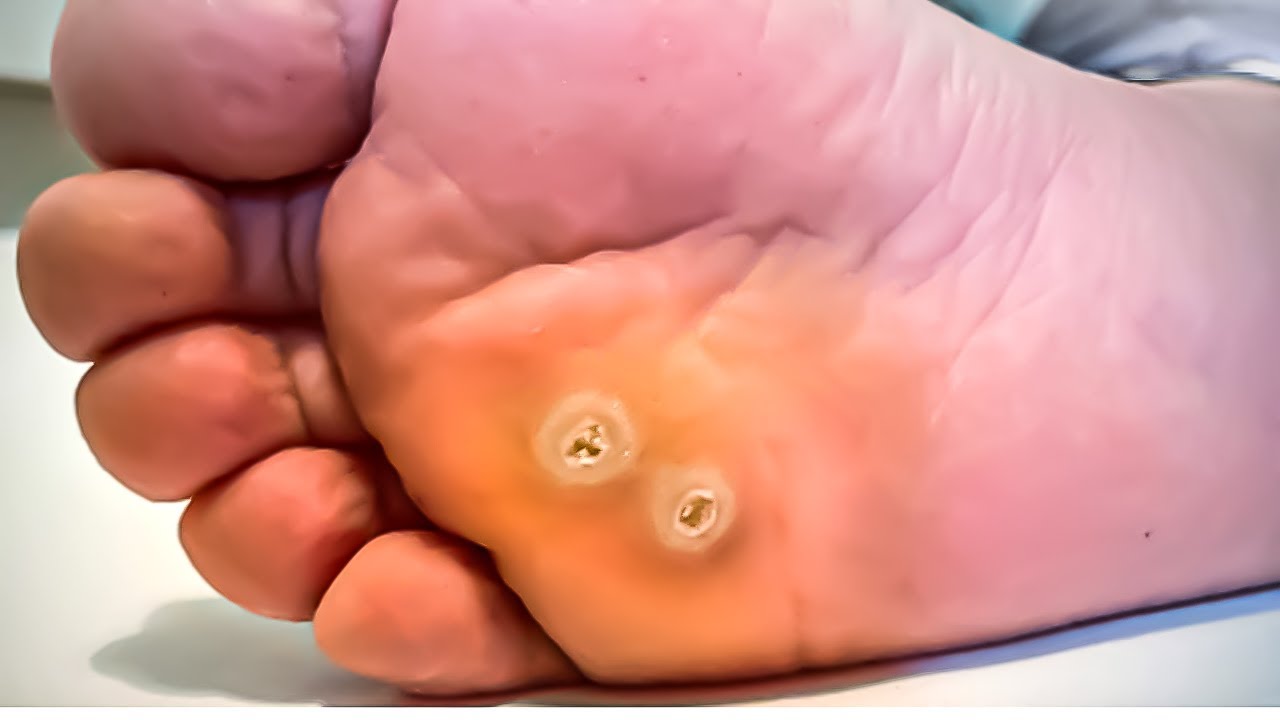Best Shoes & Best Insoles
Toe Corn Treatment and Removal [Remove Toe Corns PERMANENTLY]
Toe Corn Treatment and Removal: Do you have a toe corn or pinky toe corn? We go over toe and pinky toe corn removal surgery and treatment!
Table of Contents
How to get rid of corns on toes treatment video:
What is a corn on your toe:
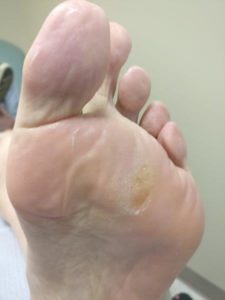
What are toe corns?
- Corns on your foot are hard, thick in areas that usually occur right under a callous. So callouses and corns are actually pretty related. The difference is that the corn is usually harder, smaller, and more painful. It goes a lot deeper.
- A callous is more of a widespread but less deep buildup of hard skin.
- Corns aren’t all that dangerous and most people!
- Unless you have some health conditions that can be very dangerous and can lead to infection and pain.
- Most people are very likely because of your severe type of pain.
There are three types of corns:
- Hard corns.
- Soft corns.
- Seed corns.
Are Toe Corns Dangerous?
- They can cause significant pain, but they are not malignant or cancerous.
- For most people. These can be managed with home remedies or by seeing a podiatrist.
- Any type of surgery is rarely necessary. But the most important thing to consider is that if you don’t prevent them properly and keep doing the same things that cause them, they will likely come back.
Corn diagnosis:
- There’s really no trick to diagnosing a corn.
- As you trim it up, if there is a callous with a hard spiky prominence and a hard nugget underneath it: you’re probably dealing with a foot corn.
- The main difference is that corns are plugged sweat glands, so drill a bit spikier.
- They are usually much more painful than callous.
- Calluses usually are that painful to the touch, but the skin around them is usually agitated according to the touch.
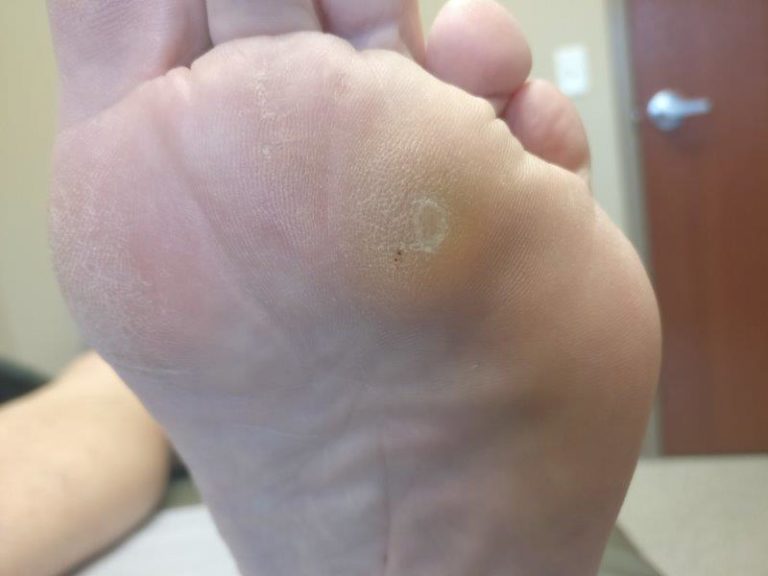
Foot corn home prevention:
- Do you want to get rid of your corn permanently?
- While it’s usually not enough to get rid of it the first time, you have to prevent it from coming back.
- In my opinion, preventing foot corns is the single most important part of the treatment plan.
- It’s not enough to remove it once and hope it stays away.
- These are different than a pimple that you can pop, and it never comes back.
Get great shoes and great supportive socks that fit properly:
- There are lots of keys to fitting a great pair of shoes.
- You mostly want to measure around your toes. You don’t want a point P, a hard shoe around your toes.
- I would recommend for your very first fitting going to a great shoe store and having one of the experts help you with the issue.
- Make sure it’s not too loose or too tight, and it can be helpful to have a good insert.
- That’s why your podiatrist may be helpful at the beginning as well.
Make sure you don’t have ingrown toenails:
- One of the most common causes of corns, especially between the toes, is that your toenails are thick long in their digging into the toes around it.
- These can also push up around your toes, and it is possible to get corns and calluses that build up underneath your toenails.
Use gel pads:
- Gel pads: especially toe covers, orthotics, on bunion protectors.
- These were amazing if you use them properly.
- All they do is prevent rubbing against your shoe. So if your shoe is tight and agitated, you are less likely to get rubbing, you are less likely to plunder sweat glands, and as a result, you are less likely to get corns on your feet.
Keep your feet well moisturized:
- Especially if you are a runner and on your feet all day, simply buying Vaseline for a meager cost amount can make an amazing difference to your feet.
- This could keep them relatively pain-free for a very long time.
Keep your feet clean:
- Make sure you wash your feet daily. One of the big things that lead to corns and calluses is getting dry skin.
- As you walk on, the second builds up and causes you significant pain and issues.
- Make sure to use a scrub brush to keep these dry and clean.
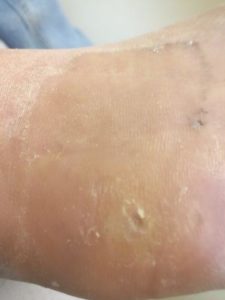
Foot corn home treatment guide:
How can someone get rid of their corns at home?
- Most people have all the supplies already available at their house.
- We learned how to prevent them, and that really is the key.
- But here’s a get rid of the first and because you’re probably reading this because you have a corn already.
Soak your foot in warm water:
- Fill up a large bowl of water with lukewarm water, make sure it’s not too hot.
- Pour some Epsom salts in there. Let that soak for about 10 minutes.
- What this does is soak the salt into the callous and corn. This makes it a lot easier to remove later.
File the corn with a pumice stone or a nail file:
- A pumice stone is a porous and abrasive rock designed for wearing away dry skin.
- In this case, you are soft enough to dry skin to make it come off very easily.
- And make sure that the pumice stone is in warm water, and then carefully file away the corn callous.
- It is very gentle and moves circularly, and that can remove the dead skin.
The important part: don’t take too much skin. This can lead to Ruskin and lead to an infection. If you are worried, call your podiatrist immediately.
Apply lotion or Vaseline:
- We would say don’t use the heavily aggressive stuff like salicylic acid.
- Use a good moisturizing lotion to keep this away.
- While these acids can help dissolve the hard skin that makes up the corn callous, they can also lead to agitation.
- Especially if you have diabetes, poor blood flow, or are older.
When to see a podiatrist?
- If you have a health condition such as diabetes, having frail skin prone to cuts and wounds.
- Suppose you have a history of foot infections or heart problems swelling problems. You have to see a podiatrist.
- It is essential to see a podiatrist if your corn is getting worse if some of these tips and tricks do not work.
- Suppose you have pus or drainage. Suppose you have swelling and redness development.
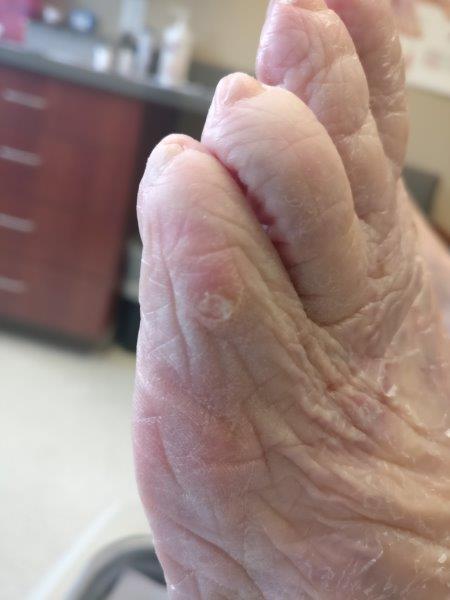
Preferred Toe Corn Treatment:
- Over the Counter Salicylic Acid
Salicylic acid is a “keratolytic”. This means that it breaks down the protein keratin that makes up corns & calluses. It is the preferred over-the-counter treatment option if you choose to go this route.
It is very well-proven as a keratolytic for both warts and calluses. Thus it is also a great option to use for foot corns.
- They will help the skin flake off.
- It is usually cheap ( <$20) at any CVS or Walgreens.
These products are usually gentle and safe for most people if used as indicated:
- It comes in: applicators, drops, pads & plasters.
- It will turn the skin white.
- This means it is dead tissue that can flake off without pain.
- It is effortless to scrape off now.
- Take The Callus Down!
- Use a pumice stone or an emery board.
- Don’t scrape to the level of pain.
- Never use something sharp at home.
- After you get through the callus, the corn should pop out like a pebble stuck in hard skin.
- Be careful with frail skin – especially if a diabetic or peripheral vascular disease- always see a podiatrist before using these.
- Antibiotic Cream
- Add any antibiotic cream if the skin is ever broken or bleeding.
For The Complete Corn Treatment Guide:
Corn on toe pictures & Images:
These are pictures of corns on toes as well as corn on toe images.
Best Shoes & Best Insoles
